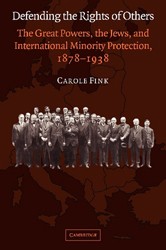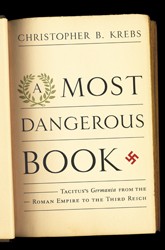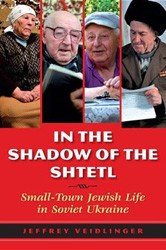In the wake of the Holocaust, it is too often assumed that the history of the annihilated communities is lost. The Jewish community of Pinsk, now in Belarus, existed for over 400 years as a principal center of Polish-Lithuanian Jewry. Its history was preserved in one of the most ambitious yizkor memorial books published in the generation after the Holocaust. The editors and translators of this remarkable volume are to be congratulated for making a portion accessible to those unable to read the Hebrew original.

Nonfiction
The Jews of Pinsk, 1506 to 1880
- Review
By
– January 27, 2012
Constructed on a wide-ranging foundation of research into sources in Hebrew, Yiddish, Polish, Russian, German, and Latin, the story of Pinsk Jewry is told here with regard to its economic, demographic, cultural, political, and religious development. Both the community’s successes and travails are recounted, as well as the intense struggles between the rising Hasidic movement and its Orthodox opponents, even as Pinsk became a center of modernizing Haskalah tendencies. Broad social, intellectual, and cultural trends are explored and portrayed through intimate family histories drawn from a variety of sources. One hopes that the remainder of the history of Pinsk Jewry will also soon appear in such a readable form. This book should be part of any serious Jewish library. Bibliography, index, maps, notes, photographs.
Robert Moses Shapiro teaches modern Jewish history, Holocaust studies, and Yiddish language and literature at Brooklyn College of the City University of New York. His most recent book is The Warsaw Ghetto Oyneg Shabes-Ringelblum Archive: Catalog and Guide (Indiana University Press in association with the U.S. Holocaust Memorial Library and the Jewish Historical Institute in Warsaw, 2009). He is currently engaged in translating Polish and Yiddish diaries from the Łódź ghetto and the Yiddish Sonderkommando documents found buried in the ash pits at Auschwitz-Birkenau.
Discussion Questions

Jewish literature inspires, enriches, and educates the community.
Help support the Jewish Book Council.


